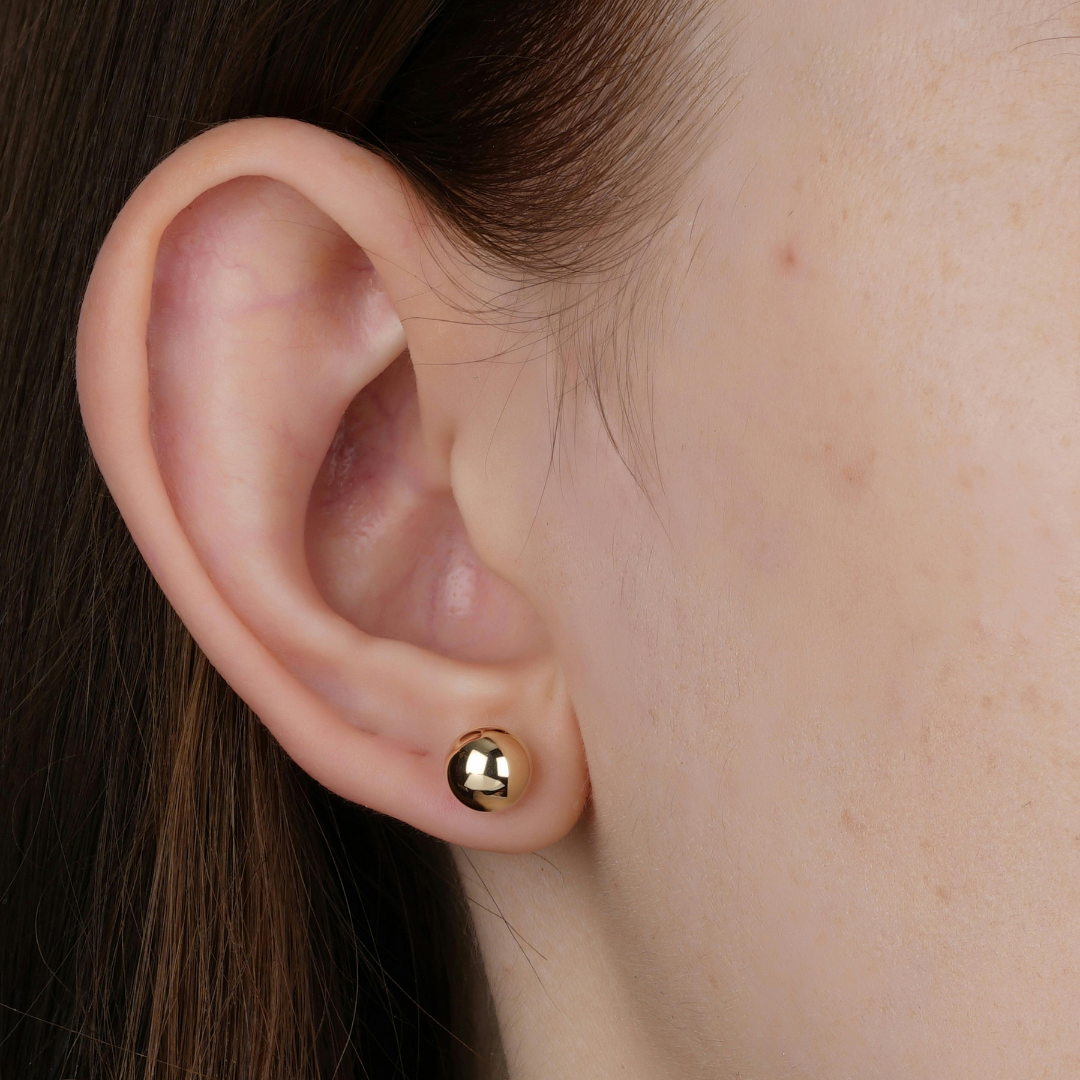Who knew our ears were hiding such incredible secrets? Yale scientists have just uncovered something remarkable about how we hear, and it’s absolutely fascinating!
The Surprising Discovery
Picture this: You can hear both a friend whispering across the table AND your favorite band blasting at a concert. How on earth do our ears manage that range? Yale physicists just found the missing piece of this puzzle. “We stumbled onto something completely unexpected,” says Benjamin Machta, the delighted Yale professor who co-led the study. Inside that spiral-shaped cochlea in your inner ear, there’s a whole new set of sound-processing “modes” that nobody knew existed!
What Makes This So Cool
Your ears are even more impressive than we thought. They can detect sounds across a trillion-fold range in power – that’s like comparing a feather landing on carpet to a rocket launch!
We already knew the tiny hair cells in your cochlea help amplify sounds. But here’s the exciting twist: Yale’s team discovered that large sections of your ear’s sound-detecting membrane actually move together in harmony, creating a natural sound system that would make any audio engineer jealous.
Why This Matters for You
This discovery might finally explain how we hear those deep, low bass notes that you can almost feel more than hear. As researcher Isabella Graf puts it, “These newly discovered modes might help explain low-frequency hearing, which has always been a bit of a mystery.”
Isn’t it wonderful? Some of the most sophisticated technology isn’t in your smartphone – it’s been inside your ears all along! Just another reminder that our bodies are full of marvels we’re still discovering.
This fun breakthrough comes from a creative team including Asheesh Momi, Michael Abbott, Julian Rubinfien, and Isabella Graf, with support from various research foundations and originally reported by Jim Shelton, YaleNews, 2025




















